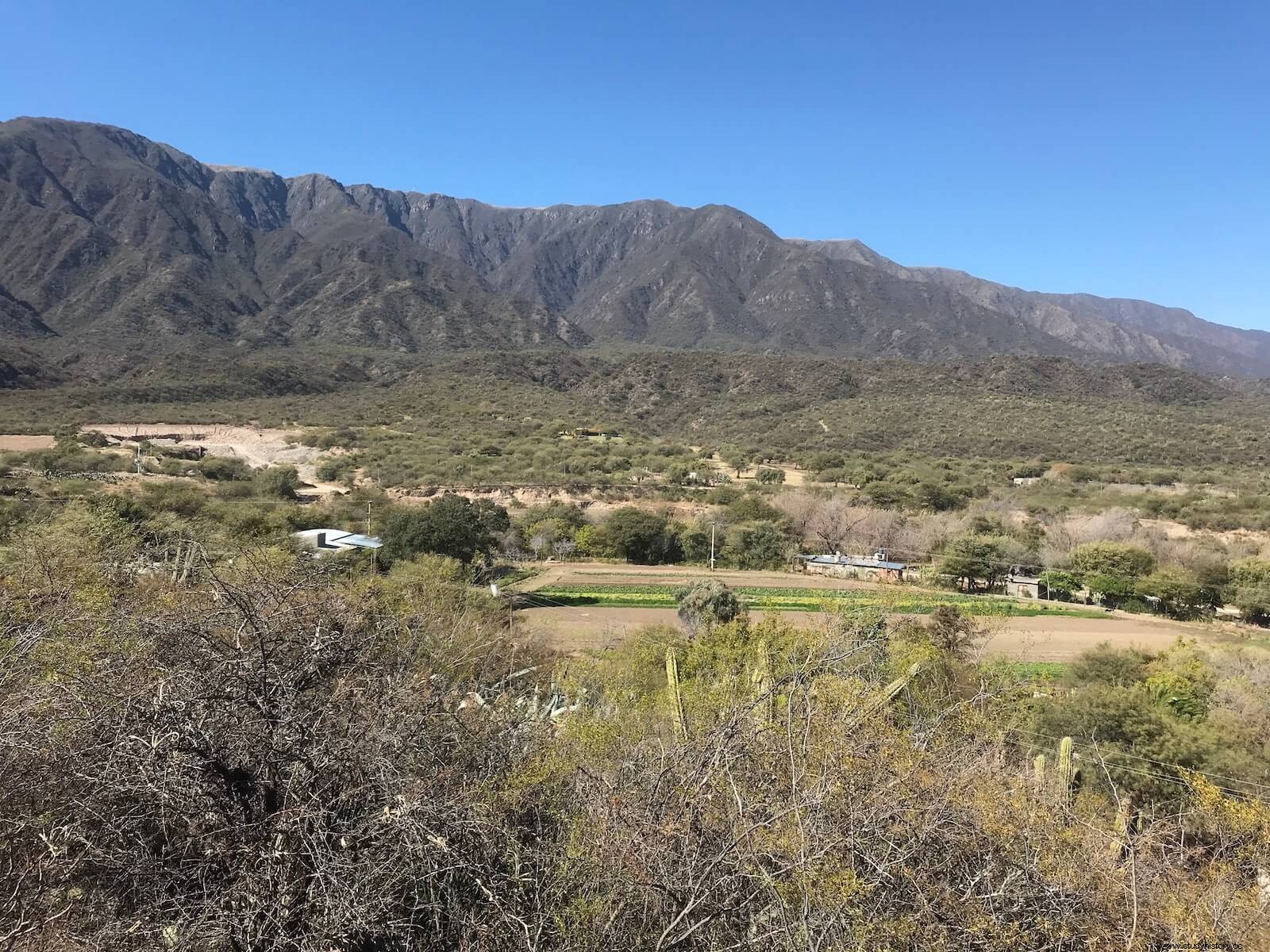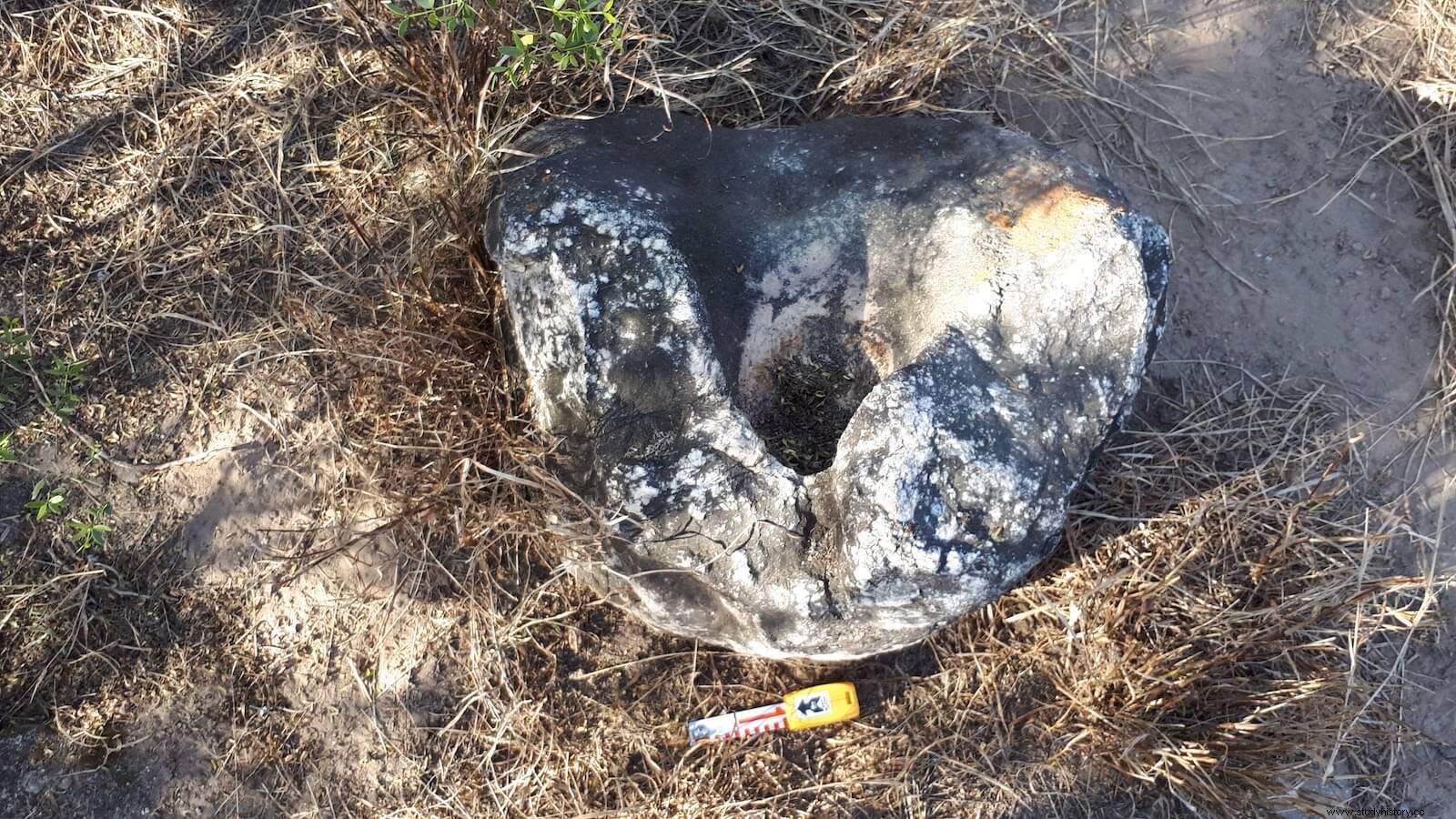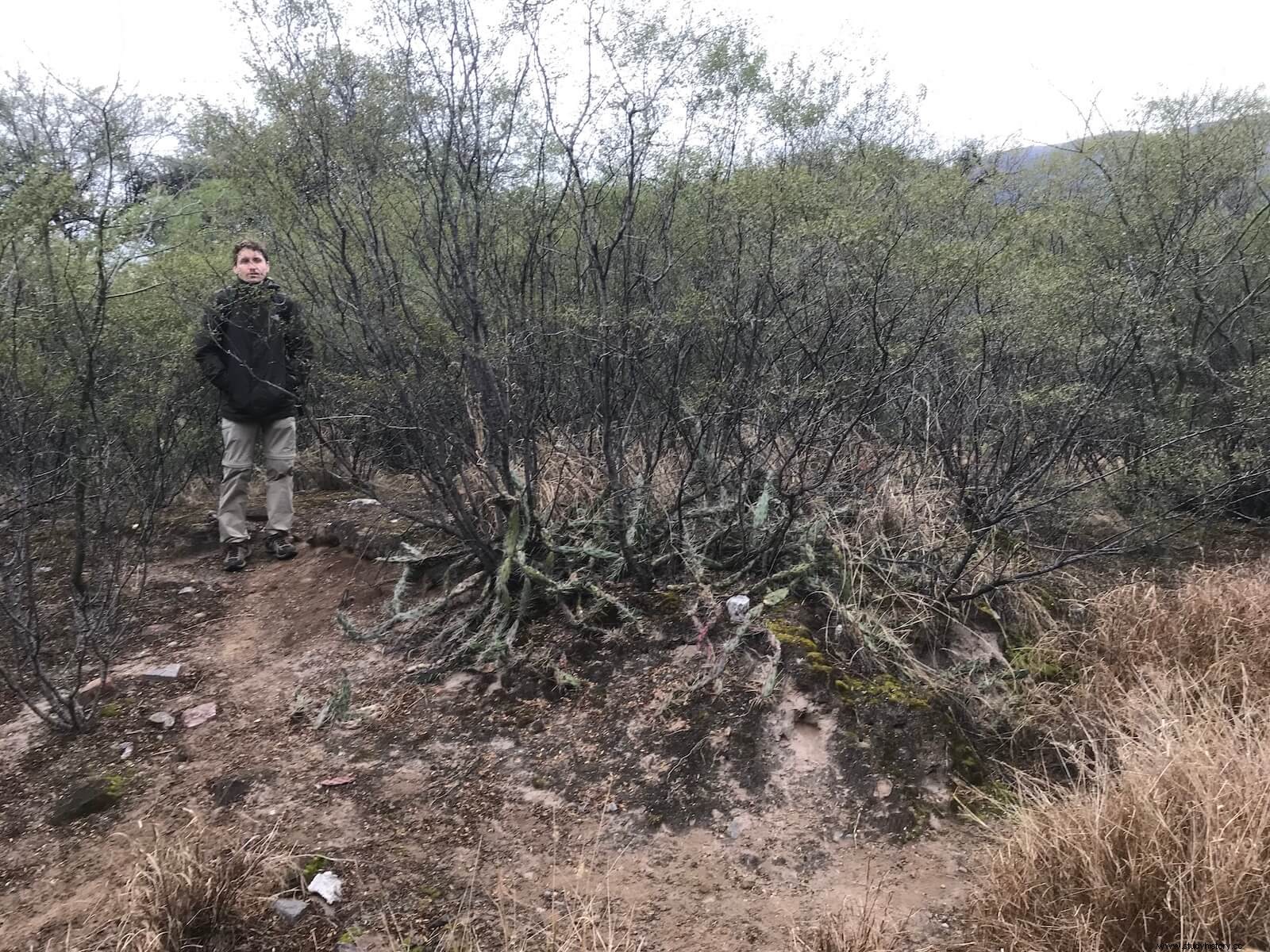
This investigation, at an early stage in the Northwest of Argentina, is part of a comparative study program, consisting of describing and explaining the effects that the Hispanic colonizations had on different peasant systems at the time of the conquests, halfway between the late Middle Ages and the early modern period. The cases worked on so far are located in different areas of Malaga, Gran Canaria, and, in the case at hand, northwestern Argentina. This article presents the objectives of the Argentine project, the first results and the development perspectives of this research.
In April 1591, 70 Spaniards entered the Catamarca Valley. They carried 750 war and pack horses, 14 carts, 120 oxen, "a lot of cattle of goats and sheep and rams" and 400 Indians. Shortly after, they founded, further south, the city of Todos los Santos de la Nueva Rioja, in a place where there were “a large number of towns” and “good ditched lands”. This conquest and colonization it had some well-known initial characteristics:the autonomy of the company that carried them out; the foundation of a city and the constitution of a new politically decisive community, and the distribution, among the participants in the conquest, of lands and indigenous people.
This distribution of the lands of the valley of Catamarca , to La Rioja, was carried out quickly. One of the first grants granted was that of Auti (or Autigasta), which included the so-called "old seat" of the same name and the "Indian town of Guaycama". This nucleus corresponds, respectively, to the current places of Santa Cruz and Huaycama, in the department of Valle Viejo. The estancia erected after the conquest –whose precise location is unknown– became the organizing center of colonization, supported by cattle breeding and the cultivation of cotton and vineyards. There is no possible agriculture in the valley without irrigation, so these productions entailed the use of hydraulic networks, in the same way as, presumably, the location of the ancient pre-Hispanic towns of Auti and Guaycama -which have not been located either-, each one on an opposite bank of the river, must also have been linked to irrigation systems prior to the conquest.
The first objective of this project is to carry out an archaeological study of the indigenous irrigation systems and the settlements linked to them in the old places of Auti and Huaycama, on the one hand, and of the earliest colonial agrarian establishment, the Auti/Santa Cruz ranch, on the other. Specifically, it is intended to identify, describe, date and explain the original hydraulic designs and the transformations produced during the earliest colonial period, on the one hand. On the other, to excavate, when they have been located, some selected places of the domestic spaces existing before the arrival of the Spanish settlers, and of the buildings linked to the ranch built immediately after the conquest. Secondly, it is expected that the knowledge generated from this research will offer a solid and contrasted basis on which to build a narrative of the pre-Hispanic and colonial past of the area, focused on peasant work; that serves to value the heritage made up of knowledge and spaces that have been maintained for centuries in the settlements and in the irrigation systems studied, and that helps reflect on the forms of management of ancient irrigation systems today. 
The research phase, prior to the excavation The planned archaeological study has consisted of studying the written documentation from the colonial period and carrying out the planimetry of the irrigation system of Santa Cruz (old Auti). Obviously, the current system is the result of modifications and extensions produced over the centuries, some of which are clearly distinguishable in the layout of the ditches. The study of the irrigation network, its genesis and evolution, is fundamental, because it is the condition that explains the establishment of the colonial ranch and the previous settlements. This previous phase of field work, carried out in the July 2019 campaign, has revealed, on the other hand, the existence of a probably Quechua microtoponym, "Choya", only documented in the local oral tradition and which means, according to a Quechua dictionary from the 16th century, «a clear thing like water without feces». Precisely in this payment we have observed a concentration of ceramic remains and of fixed and mobile mortars prehispanic on the surface.
On the other hand, we have documented the establishment of a community of slaves of African origin , associated with a chaplaincy, probably existing since the end of the 17th century. The ranchería of these slaves was located in the farm of that chaplaincy, next to the old chapel of San José, whose remains, piles of mud formed by the decomposition of adobe, we have been able to locate. This discovery adds a new perspective to the archaeological project on this ancient ranch. In addition to locating and studying the indigenous settlements prior to the conquest; the colonial ranch, and the connection of the colonial irrigation system with the previous irrigation networks, we have the possibility of studying from an archaeological perspective a slave establishment, whose location is known thanks to the preliminary study, and which constituted a community in Santa Cruz for more than five generations, until they were sold at the end of the 18th century.

During the July 2020 campaign, From a drone flight equipped with the necessary cameras, a digital model of the terrain and a systematic and subsurface pedestrian survey will be carried out in the Choya payment and on the adjacent slopes. The geomorphological and environmental processes that acted in the formation of the Auti landscape will also be studied, some of which were activated or accelerated by the same agricultural practices. Based on the results obtained in this next campaign, surveys and an archaeological excavation will be scheduled in those areas with the greatest potential. One of them, the slave ranchería, has already been precisely delimited.
The Auti-Huaycama project generates perspectives of new knowledge on the spatial relationship between pre-Hispanic and colonial settlements , and about the destruction and alterations caused in them and in the agricultural spaces after the conquest. The archaeological works will reveal the spatial dimension and will allow visualizing these relationships, destructions and new constructions, in the context of the population reduction that accompanied the conquest and colonization. The inclusion of the slave settlement, also likely to generate new knowledge from archaeology, adds an unexpected and enriching expectation. We will not only investigate how the indigenous peasant space was organized before the conquest and how it was rebuilt in the early stages of the colonization process; We also intend to reveal the spatial expression of colonial management sustained over a new contingent of people forced to work. All this cannot be carried out without the participation of a team in which the different archaeological, textual analysis and ethnographic survey techniques are managed in an integrated manner. The project, on the other hand, opens up perspectives for comparative studies, not only with other similar cases in the region or other American regions, but also with the work carried out in other contexts of previous conquest and colonization and, in some cases, simultaneously, in the Old World. Finally, the project will help consolidate the formation of mixed teams of European and American researchers. In this sense, we have the collaboration of the team of the School of Archeology of the National University of Catamarca, directed by Dr. Marcos Quesada. Finally, the knowledge generated will reveal a heritage set of peasant practices and landscapes that should be integrated into the community efforts of the population of Santa Cruz.
